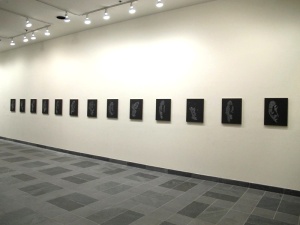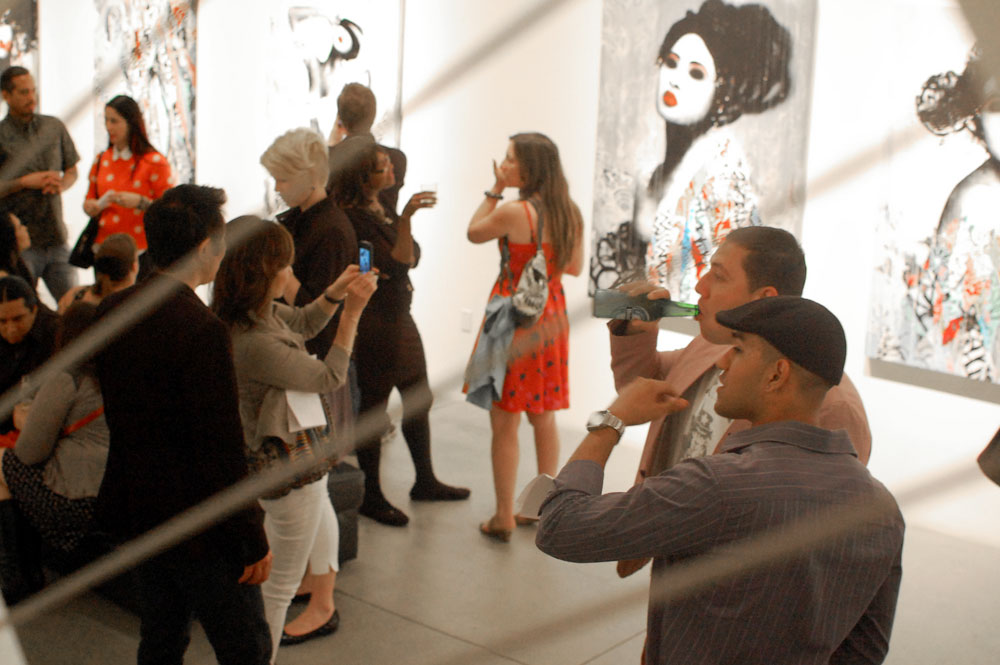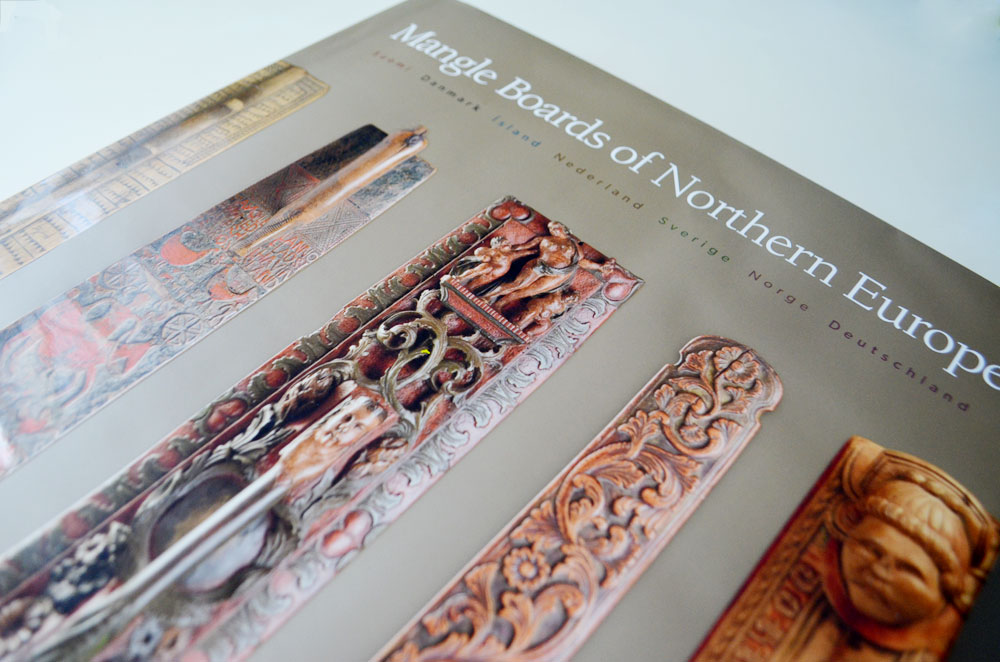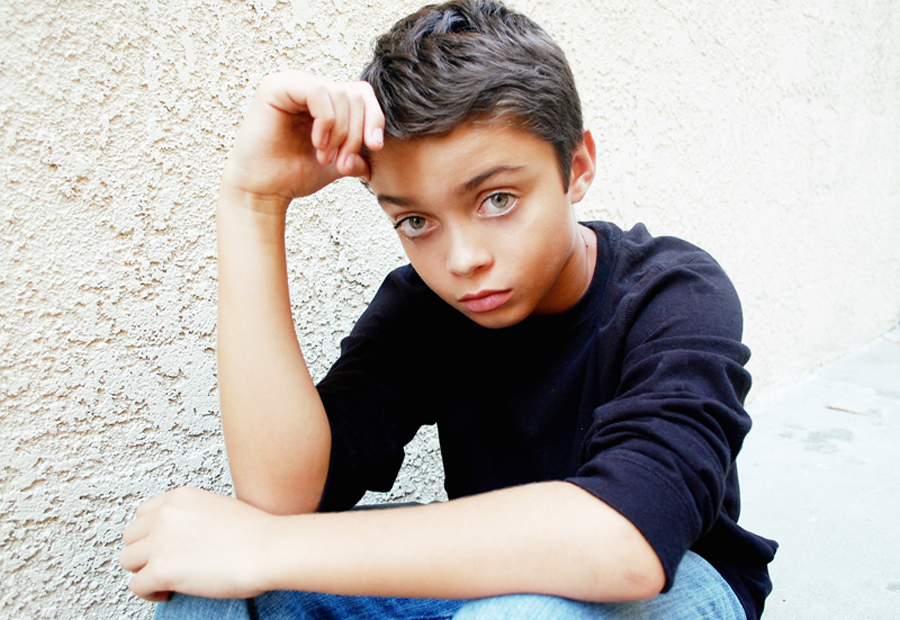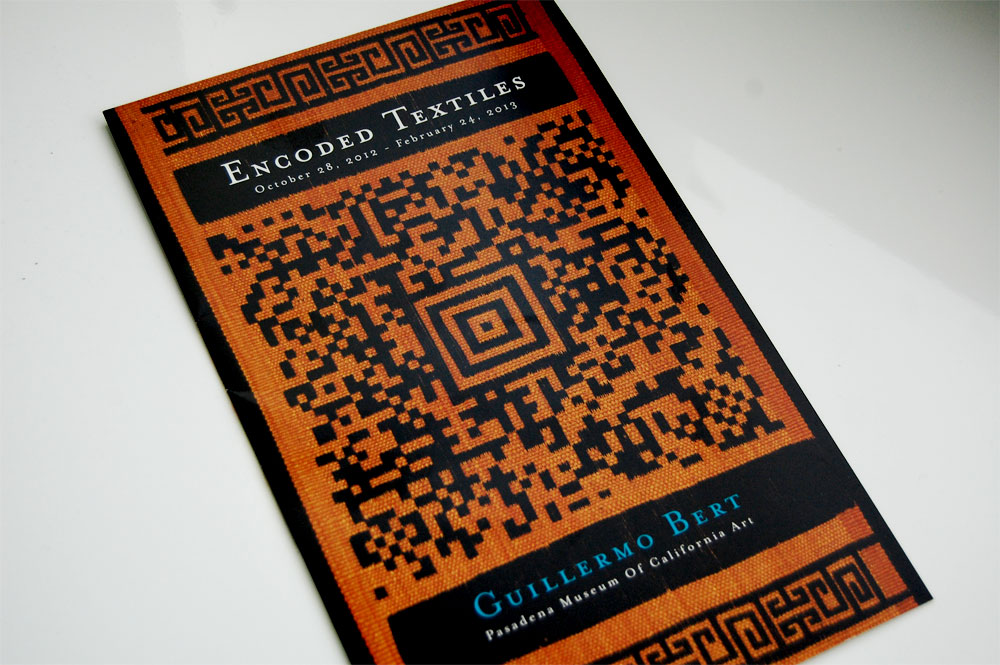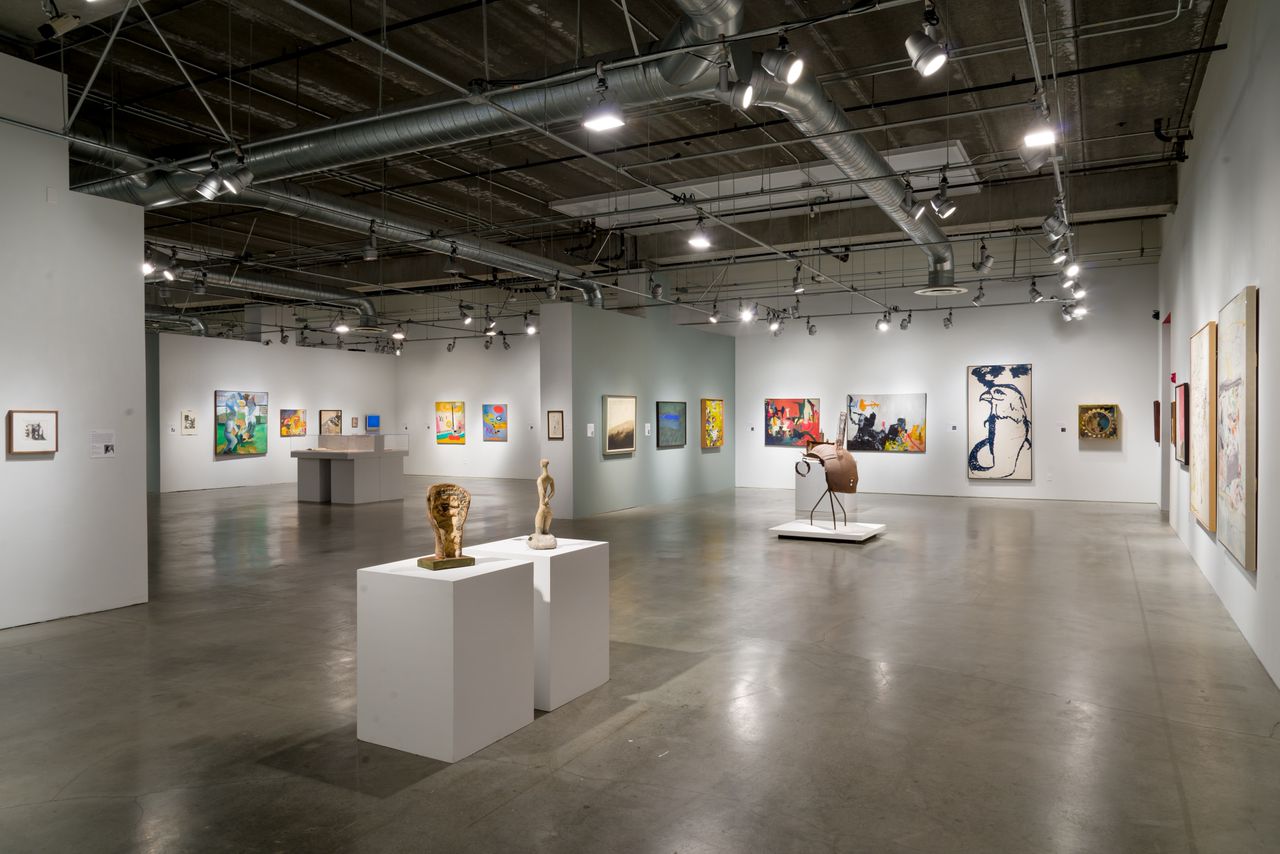Outside of the boundaries

The following post was originally written for Catalyst Projects.
Have you been to the Torrance Museum of Art lately? The museum is in the midst of its first in a series of international exhibitions representing artists with similar cultural backgrounds. The first is Gateway Japan, where I had the privilege of viewing works by Japanese and Japanese American artists. The show ran the gamut of disciplines from three-dimensional portraits atop of mobile phone canvases to sumo-wrestlers creating footprints on a clay fighting ring.
Ichiro Irie
As I entered the gallery, I noticed black canvases that evoked a series of emotional range. From afar, I could see a monochromatic portrait of a woman singing and a man laughing. Up close, I noticed the portraits were all made with staples on blocks of wood transforming the illusion of representational work into abstraction.
Interested in Ichiro’s interdisciplinary approach to portraiture and his participation in Gateway Japan, I asked the artist a few questions about himself, his work and what’s next.
CP: You were born in Tokyo, raised in Los Angeles, but you don’t consider yourself Japanese or American. You say you feel ‘Angelino’. What does being an Angelino mean to you?
IRIE: Technically I’m both Japanese and American. I was born in Japan from Japanese parents. I was brought to L.A. when I was 2, but I spoke Japanese at home, ate Japanese food at home everyday, and went to Japanese school on Saturdays.
On the other hand, outside of the house, I’ve lived my life mostly like any kid in L.A., my friends and acquaintances from all walks of life. Well, I grew up in West L.A. and Brentwood, went to middle school and high school in Santa Monica, and Santa Barbara. Most of my peers were Caucasian with a sprinkle of other races and ethnicities. My connection to the Japanese and Japanese American communities here outside of family and a handful of friends had been limited at best. I should also mention that I just became a U.S. citizen last year.
Nevertheless, because of my appearance, people who see or meet me here for the first time see me as the other. Heck, I even saw myself as the other, and perhaps I still do. My favorite movies, my favorite bands, my favorite actors and actresses, people on T.V., girls I liked, my best friends… nobody looked like me.
In Japan, I look, more or less, like everyone else, but after a few minutes of conversation, it becomes pretty obvious that I’m not completely one of them. Often in a good way, because, when I visited Japan as a child or as a young adult, people were curious to get to know me, kind of like the exotic strange animal at the zoo. I didn’t mind that for some reason. In short, I’ve always been the token Japanese kid here, and the token Gringo Japanese in Japan.
I feel like an Angelino, because my identity and my outlook towards the world have been totally shaped by my experience here. For all its politically correctness, progressive thinking, yoga, and health consciousness, life in Los Angeles is defined by racial politics. I’m not saying anything that’s hasn’t been said 1000 times before, but just go to any restaurant in Brentwood, Melrose, Beverly Hills or Santa Monica… 90% Caucasian. The busboys, dishwashers, housekeepers, gardeners, and day laborors… Latino.
I have a son in grade school now. Investigating which public schools have the highest level of education, the highest standardized test scores are in predominantly White and Asian communities. The school in the bottom half are all Black and Latino. This reality is not only sad, it’s criminal, although I’m not exactly sure who to blame.
I’ve read a couple statistics, one that Asian men are the most single (as in available) segment of the population, and another that they have the highest average income. In what kind of f’d up society is the richest guy considered the least desirable?
Los Angeles is also home to Hollywood. There are an unusual amount of people who want to be famous here. There are an unusual number of people with cosmetic surgery. Los Angeles is home to the San Fernando Valley, the porn capital of the world. Los Angeles is a city where people are very isolated. I visited New York for the first time since 2005 this year for a show. I was shocked how random people actually walk up and talk to you. It made me uncomfortable, and I liked it.
So, as I hope you can see, my relationship to the rest of the world, I believe, is measured against all of my experiences here in Los Angeles. I’m a product of this city.
CP: Was there a pivotal moment that brought you awareness about the self importance and the over-glorification of oneself as an artist? Are the mediums you choose a reflection of those feelings?
IRIE: I think those were the words of Heather Jeno Silva who wrote about my work. Although I don’t necessarily disagree with her, I don’t make work in order to prove some point against self-glorification either. I just try to do what comes the most naturally at any given moment. Even when I’m being ironic from time to time, I simply try to do what feels like a sincere pursuit of my artistic concerns. My work is diverse, dispersed, and spans media and disciplines, because of this. I get bored easily. I’m interested in a lot of different things. I want my body of work to reflect an expanded definition of identity without being didactic. I can only accomplish this within my means and my limitations, both economic and personal. It is certainly not the most efficient strategy towards achieving commercial success or branding my self as an artist. Maybe this is being humble, or maybe I’m trying to bite off more than I can chew.
The materials I choose, and the images I create are a result of questioning to my self, why a person like me or just people around me in general would end up in a place like this, at this particular age. When you are surrounded by these materials and images, they become normal, and almost invisible. For example, with my accumulations series, I observe, depict, accumulate, and transform everyday objects such as paperclips, staples, screws, poster putty, and hair clips. By bringing these entities to the foreground, I’m trying to show how unusual these things really are. Imagine landing in the world today from, say, just 200 years ago. All of these things would seem so bizarre.
This idea of transformation and humor has been particularly important to me recently, because it allows the possibility for subtle defiance, active participation and pleasure within a set of parameters, even if it is only within my tiny corner of the world.
CP: Have the tragic events in Japan changed or influenced the direction of your work in any way?
IRIE: Yes, in 2009, I did a series of ink drawings of two adolescents, one boy and one girl, surrounded in the aftermath of some catastrophic event. In spite of the bleak environments depicted, I believe they were hopeful pictures. I wanted to expand on this series by doing larger drawings and paintings of a similar nature.
Because of these recent events in Japan, I’ve decided not to continue this series anymore, because I’m worried that people will think that I’m doing these works as a result of the Japanese earthquake/tsunami. I’m worried that the works would now seem opportunistic.
CP: Can you share what you are working on and what we can look forward to?
IRIE: I’ve been teaching at Santa Monica College and Oxnard College the past 4 years. I feel a little bit like the catcher in the rye, trying my best to not let these kids and adults slip through the cracks. Several of the more fortunate ones are doing remarkably well. It’s a very rewarding process to see your students evolve.
I’ve invested so much energy in the teaching process, and with many of my students, a relationship emerges that is beyond academic or professional. I’ve been reading up a little on the concept of transference and counter transference in relation to psychoanalysis, and playing with the idea that most of these students are trying to transfer to a 4 year university, MFA program, or simply to the next stage of their lives and careers. My most current work revolves around these ideas of transfer and transference.
I’ve been in 5 shows in L.A., New York, Mexico City and Frankfurt in the last 4 months, and I feel a little spread thin in terms of exhibiting, so I probably won’t be showing my own work again until August. I will be showing work at Gallery Lara in Tokyo at the end of the summer, and will be participating in the Sur Biennial curated by Ronald Lopez this fall. I’ve also been invited to participate in a show in Berlin called “La Vida es Cruel” curated by artist/curator Florian Heinke.
In the meantime, we will continue our curatorial projects at JAUS, a small artist run space I direct in West L.A. I’ll have my summer off for the first time since returning to L.A. from Mexico City in 2006. I’m looking forward to spending more time in the studio, developing new works and getting some much needed R&R.
